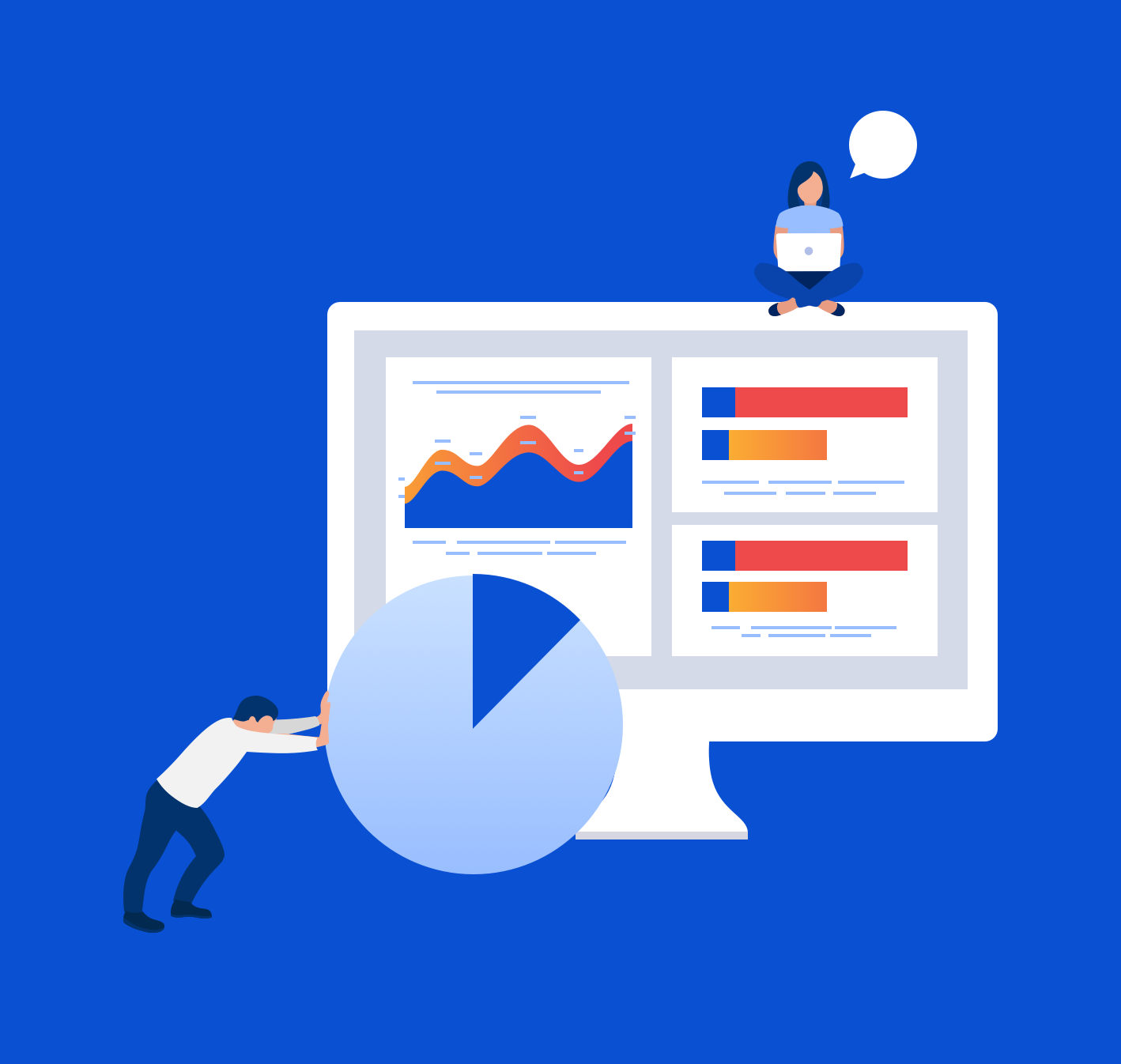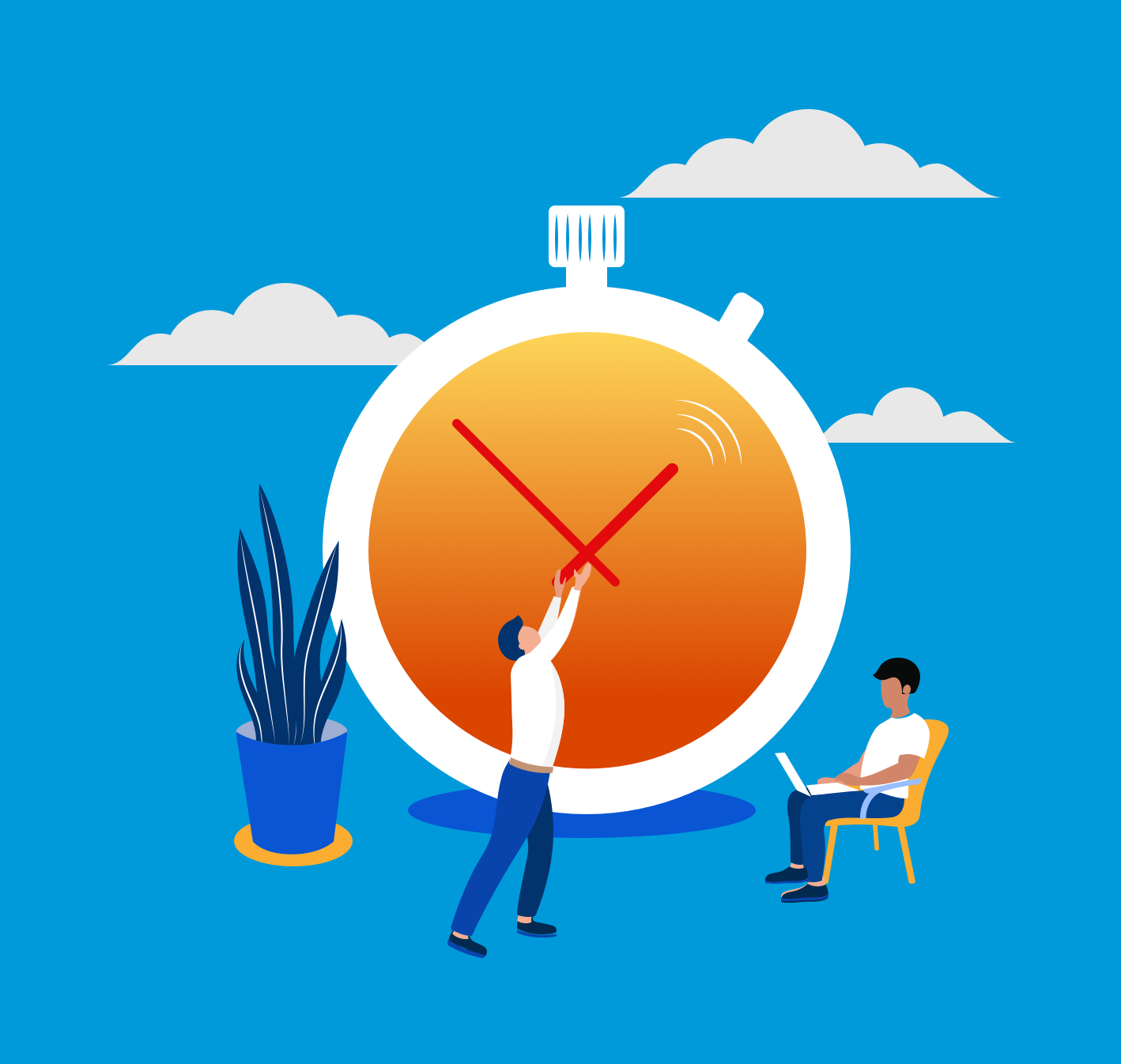Though I’m not typically one for new year’s resolutions, on January 2nd of this year I decided that I would run the Honolulu Marathon, which is on December 12th. It’s a more resolute decision than most I’ve had over the years, and I’ve been training 3-4 days a week ever since.
On such a training run, it hit me that the confidence I now feel while running is not likely to scale. For the past month, my long run of the week has been 8 miles, which I have completed without too much struggle or painful aftereffects. However, during each run I inevitably get a feeling that creeps up around mile 4 or 5, akin to “I feel great, I could do this forever!” In that very moment, I’m warmed up, my muscles are stretched out, I’m not yet too hot or hungry or thirsty or tired – I’ve reached a great rhythm which gives me a little turbocharge of confidence that this wave could be ridden forever. But in mile 7 I start to feel like my shins have little daggers in them that are trying to get out, and that perhaps quitting is a real option. But I wince through it, and by the time my watch beeps at mile 8, I am back to feeling a bit accomplished, if not incredibly parched.
But this isn’t (really) an article about running – it’s about numbers. What impresses me during these runs where I oscillate between feeling invincible and vulnerable is that scale in running is very, very difficult. The fact that I can now run 8 miles consistently does not mean I can even run 16 miles once (without injury). It certainly does not mean that I can scale up to 24 miles, or 26.2 (marathon’s magic number) without walking, stopping, or just conking out. Scale is really hard, and achieving exponential progress in a short amount of time is simply not possible – there are no shortcuts.
In the digital world though (where I spend most of my non-running time) exponential accomplishments are not only routinely achieved, but they’re expected… to the point of taking them for granted. We see rapid, linear online growth as a given, but the path is always bumpy. We talk about “scaling up” and “exponential growth” in passing, and routinely chat about what it’ll take to get a return on ad spend (ROAS) from say, 3 to 4. Normal stuff right?
But the reality is there are ups and downs, and the larger the growth, the harder it is to explain. We think about scale infinitely, as there is a global audience that just needs money (ad dollars) to reach. But there are boundaries to sustainability which we push and discover on the path to scaling up within an audience, customer group, or market. Dare I say that just like running, you need to build up your capacity along the way, rather than “pouring gas on the fire” of marketing and hope it doesn’t burn the house down. On the face of it, iterative improvements sound pretty boring, and yet it’s the bedrock of our success – we’re in it for the long run. We’ll finish by meeting and exceeding goals, understanding that care cannot be rushed, but it can be improved.
Of course, in order to reach goals they actually need to be defined. The importance of goal-setting can’t be understated here, and when you do so with the power of a team, what previously seemed unattainable suddenly becomes possible. The amazing feeling that occurs in that process is created by the realization that you (and your team) can actually do things quicker and better with each iterative step, building strength as you build knowledge along the way. Scale is a factor of time and process, and you can rarely rush either without consequences.
Now wish me luck—though I won’t need it, because I’ll have put in the time!






